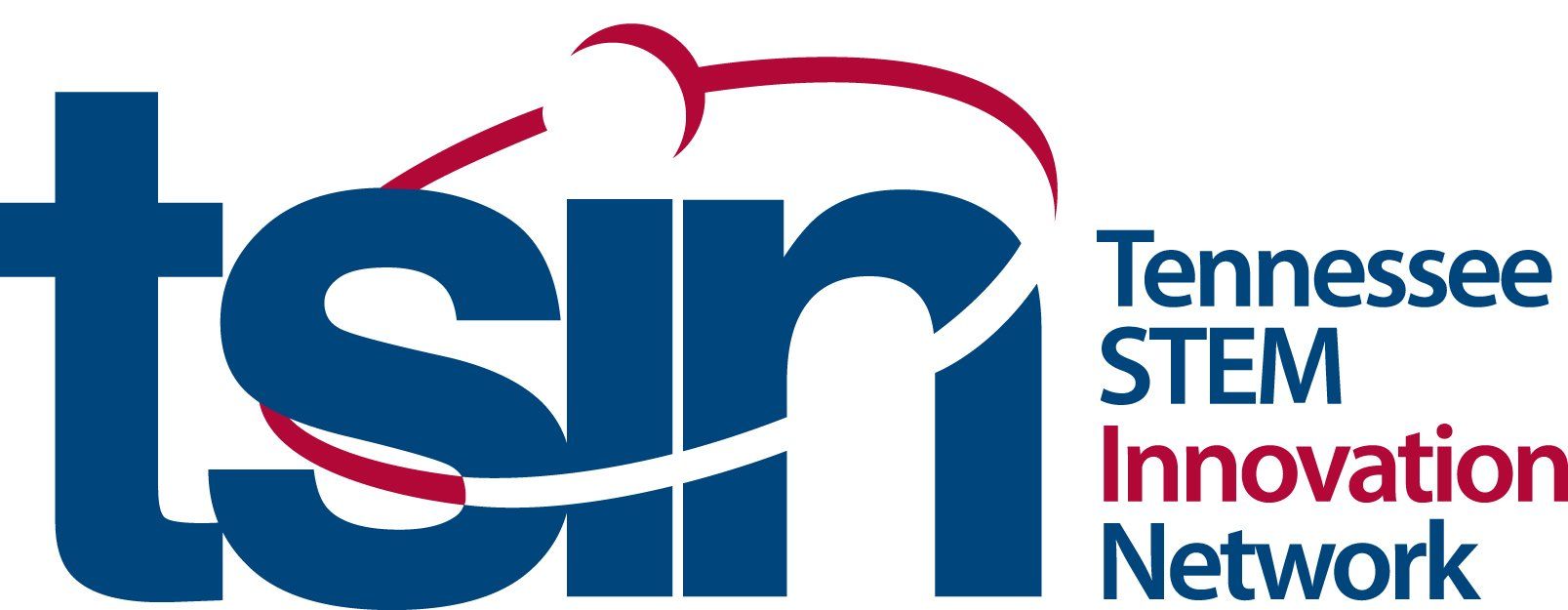Exploring our Differences
Maker Monday
Did you know that if you unraveled all of your DNA (the molecule that contains your genetic code)that it would span over 10 billion miles? That’s the same distance as a roundtrip ticket from Earth to Pluto! With so much DNA in our bodies, it might surprise you that 99.9% of all human DNA is exactly the same (meaning that only 0.1% of human DNA is different for each person). This small difference accounts for all of our biological differences.
Today you will become a geneticist and come up with a plan to extract DNA from strawberries before studying genetic differences.
Step 1: So just what is DNA and what does it do? We know that it makes up our genetic structure, but what does that actually mean? Find out more about the basics of DNA and what it does here. Older students might enjoy this video more.
Step 2: DNA makes up living things and controls what they look like and how they grow. Use
this activity to learn more about heredity. Older students can learn more about heredity with
this activity.
Step 3:
Now it’s time to become a scientist. Watch
this video about how to extract DNA from a strawberry! After you’ve watched the process, follow
this sheet to do it on your own!
Step 4: With your leftover strawberry seeds and a little bit of dirt, it’s time to grow your own berries. Watch
this detailed video. Make sure to record how the parent berries look, their size, and color. When you get new berries, compare how they look to the parent berries. You’re analyzing genetic traits!
Step 5: Be sure to share your DNA extractions on social media using #MakerMonday and #LearningInPlaceTN!
Additional Resources:
Wonder Wednesday
Perhaps you have already heard the old fact that chimpanzees are 96% genetically similar to humans, but did you know that humans share about 60% of the same genetic code as a banana plant? After your experiment on Monday, you should have seen just how much visible DNA is inside of one strawberry. Similar to animals, plants have set genetic codes that are responsible for the structure (size, shape, etc.) and function of plants.
Today you will explore the reasons why there are differences in genetic codes and how humans have found ways to alter genetic codes using science.
Step 1: Now that you know how DNA looks and what it does, consider the possibilities that this knowledge brings to science. Make a list of possible ways scientists might use DNA.
Step 2:
Compare your list of possible ways scientists use DNA with
this article. You’ve wondered about how scientists currently use DNA, but how did we figure out heredity and traits? Learn more about the beginnings of this study
here.
Step 3: You may have heard the term genetically modified organism or GMO. Some people are afraid of this term because they don’t understand it. Learn more about GMO’s
here and how they can be helpful.
Step 4:
Similar to the fear people feel about GMO’s, people are wary of scientists modifying human DNA. But scientists researching genetic engineering are doing important work to help cure diseases. Learn more
here and
here.
Step 5: Ask a family member to share what you learned about genetic engineering on social media using #WonderWednesdayTN and #LearningInPlaceTN!
Additional Resources:
Future Friday
Because we rely on DNA for so much, many fields rely on an understanding of the genetic differences between plants and animals (humans included). One such example is the field of pharmacogenomics, the study of how differences in our genes affect whether a drug treatment will be successful. With your knowledge of genetics, you are eligible for careers in the field of genetics, biotechnology, forensic science, and much more!
Today you will explore potential careers related to understanding the importance of our genetic and biological differences.
Step 1: Pharmacogenomics is the study of how our genes affect how we respond to medicine. This career helps us better create safe medicines. Learn more about this growing career here.
Step 2: A geneticist specializes in the study of genes. They can work in many different specific areas of science from biology to agriculture. Learn more about this vast career
here.
Step 3:
Biotechnology is a fascinating career that focuses on genetic manipulation of microorganisms for the production of antibiotics, hormones, and more. Find out more about the world of biotechnology
here!
Step 4:
Popular culture and TV have given us an obsession with forensic science. Forensic scientists study many different elements to help unravel crimes. Learn more about DNA fingerprinting
here.
Step 5: Ask a family member to share something you learned about one of the careers and why you might be interested in that career field using #FutureFridayTN and #LearningInPlaceTN!
Additional Resources:




